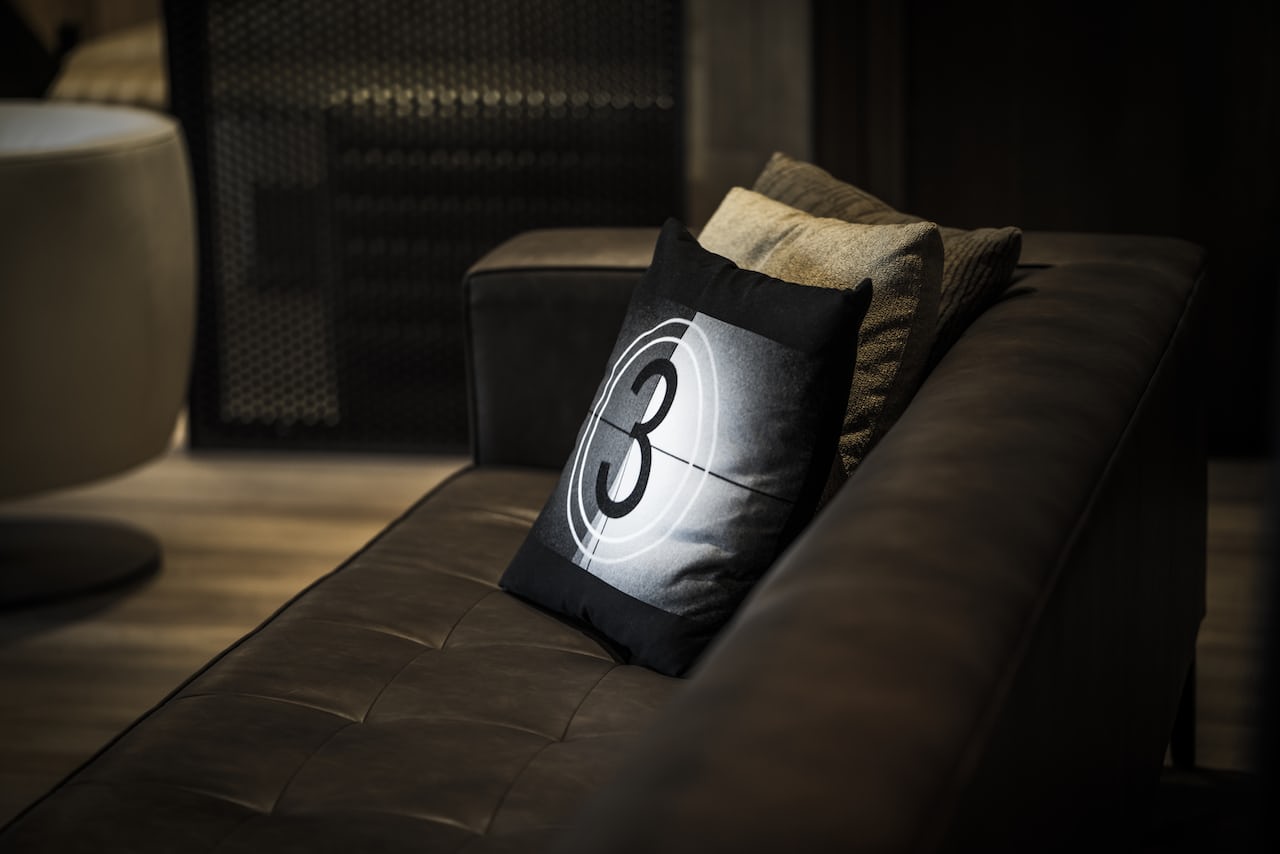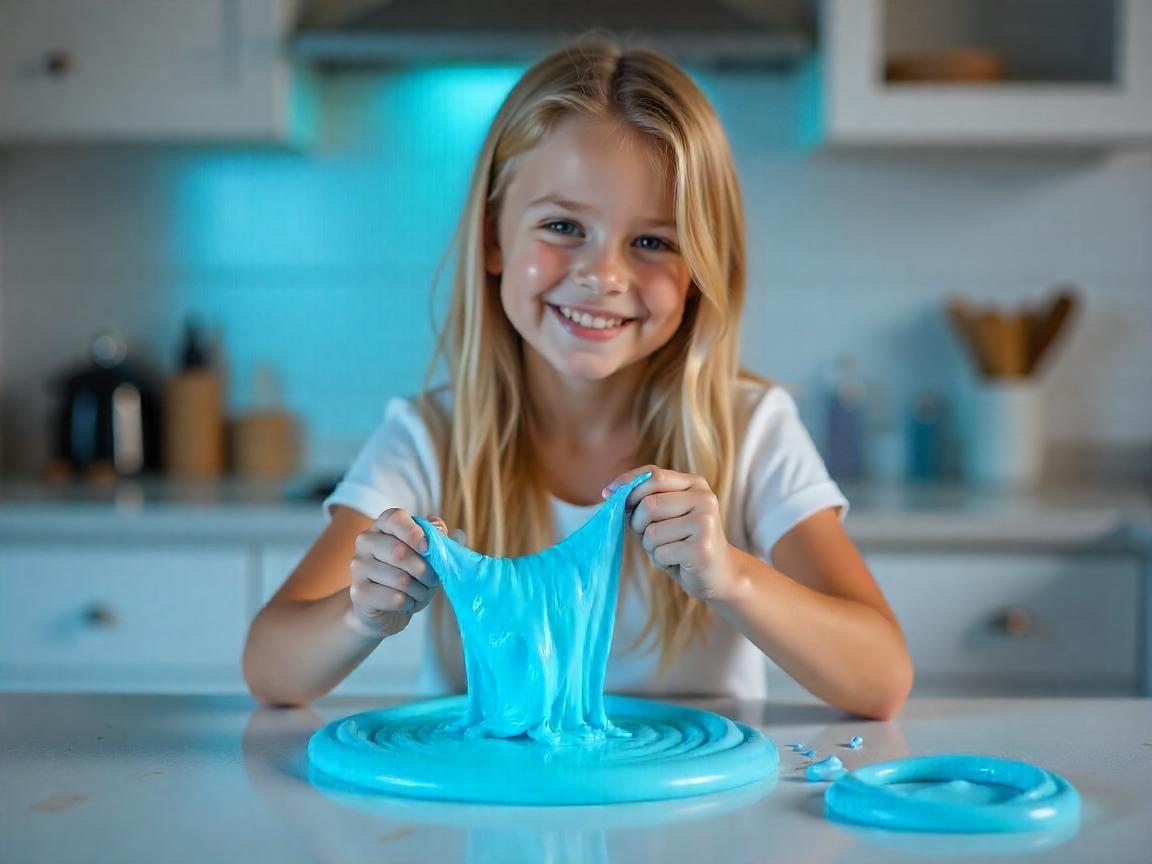
Removing slime from the sofa at home | Effective upholstery cleaning methods, care tips, and pollution prevention
How to remove slime from the couch at home — step-by-step guide
Slime is a popular stress-relief toy enjoyed not only by children but also by adults. However, despite the fun, the sticky mass often causes unpleasant stains: it adheres to clothing, furniture, and especially to fabrics like blankets.
When slime falls on a soft blanket, its dense texture penetrates deeply into the fibers of the fabric, and a normal wash rarely solves the problem completely. If the contamination is not removed immediately, it hardens, and removing it becomes significantly more difficult. Additionally, careless cleaning attempts can damage the material or leave sticky marks. To maintain the appearance and softness of the blanket, it's important to know how to act correctly. In this article, we will review proven methods for removing slime from the blanket that can be used at home without special products and without unnecessary efforts.

Preparation for Cleaning
Before starting, it is important to prepare the necessary tools and perform a pre-treatment of the stain. A quick and careful reaction will help remove the sticky mass without damaging the fabric.
You will need:
Warm water — softens dry slime.
Vinegar — dissolves sticky residues.
Baking soda — absorbs moisture and removes stain marks.
Dish detergent — helps break down the composition of the slime.
Soft-bristle brush — for gentle cleaning.
Clean sponge or cloth — to dry and remove residues.
Ice cubes — make it easier to remove fresh slime, making it less sticky.
First, carefully remove the main mass from the surface of the blanket — it's best to do this with your hands or the dull side of a knife. If the slime has already dried, apply ice to harden it and make it easier to peel off. Then, dry the area with a cloth, without rubbing the stain into the fibers. If necessary, lightly moisten the area with warm water to soften the remnants before applying cleaning products.
Effective Methods for Removing Slime
1. Mechanical Removal
A simple and safe method, suitable for fresh stains. Using a spoon or a dull knife, remove the slime, trying not to spread it across the fabric.
2. Soaking
If the mass has hardened, soak the blanket in cold water for 30–60 minutes. The cold prevents the slime from penetrating deeply and makes cleaning easier. You can add a bit of vinegar or baking soda to the water: vinegar dissolves sticky substances, and baking soda helps remove residues. After soaking, the slime becomes soft and can be easily removed with your hand or a soft brush.
3. Using Detergent
Put a little liquid detergent on the stain and gently rub it into the fabric. Let it sit for a few minutes and then rinse with warm water. Before using, test the product on a discreet area to ensure that the fabric does not discolor.
4. Using Special Stain Removers
Stores have sprays and gels designed to remove tough sticky stains. It’s important to follow the instructions on the packaging and choose a product suitable for the type of fabric. Generally, the composition is applied to the stain, allowed to sit for a few minutes, and then rinsed with water or the item is washed.
Drying and Care
After cleaning and washing, it is important to dry the blanket properly. It’s best to lay it flat on a horizontal surface or a drying rack to avoid distorting the fabric. If machine drying is allowed, use a delicate cycle and low temperature.
To prevent similar stains from appearing, protective covers or sheets can be used, especially if children frequently play with slime. Regular ventilation and washing will help maintain the freshness and softness of the blanket.
Conclusion
Now you know how to remove slime from the blanket at home. The main thing is not to delay and choose the method according to the type of stain: fresh stains can be easily removed mechanically, while dry ones require soaking and treatment with detergents. For prevention, one can limit the use of slimes near soft fabrics or cover the blanket with a protective cover.
If the stain turns out to be too complicated and does not yield to home methods, it is best to seek professional cleaning: specialists will carefully remove the contamination and restore your blanket to its original softness and cleanliness.
